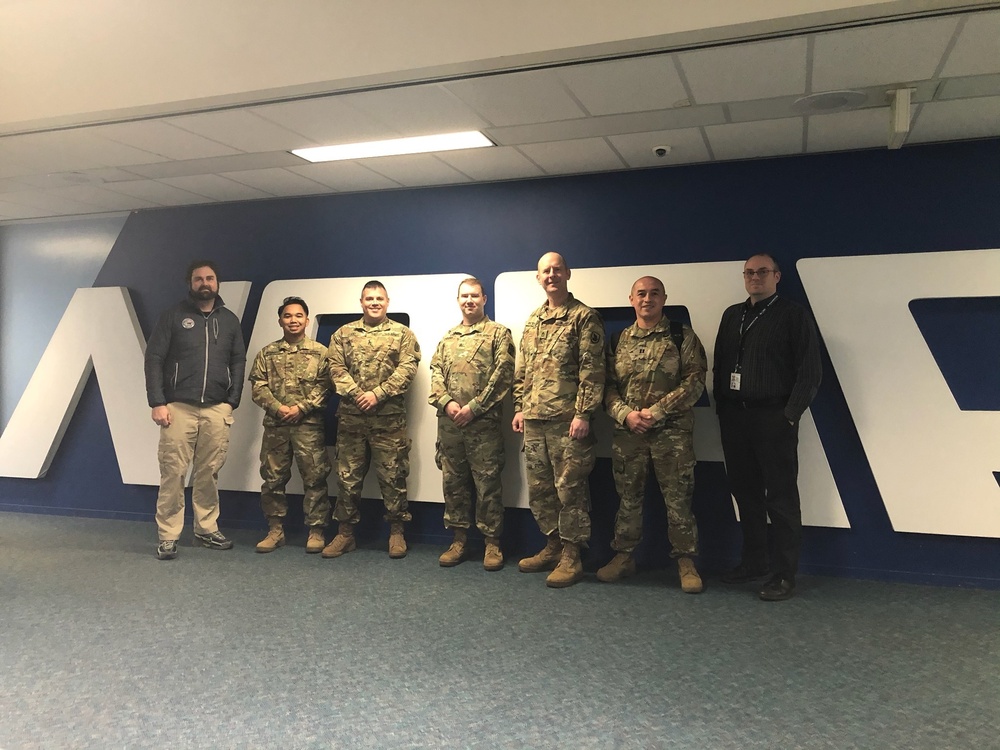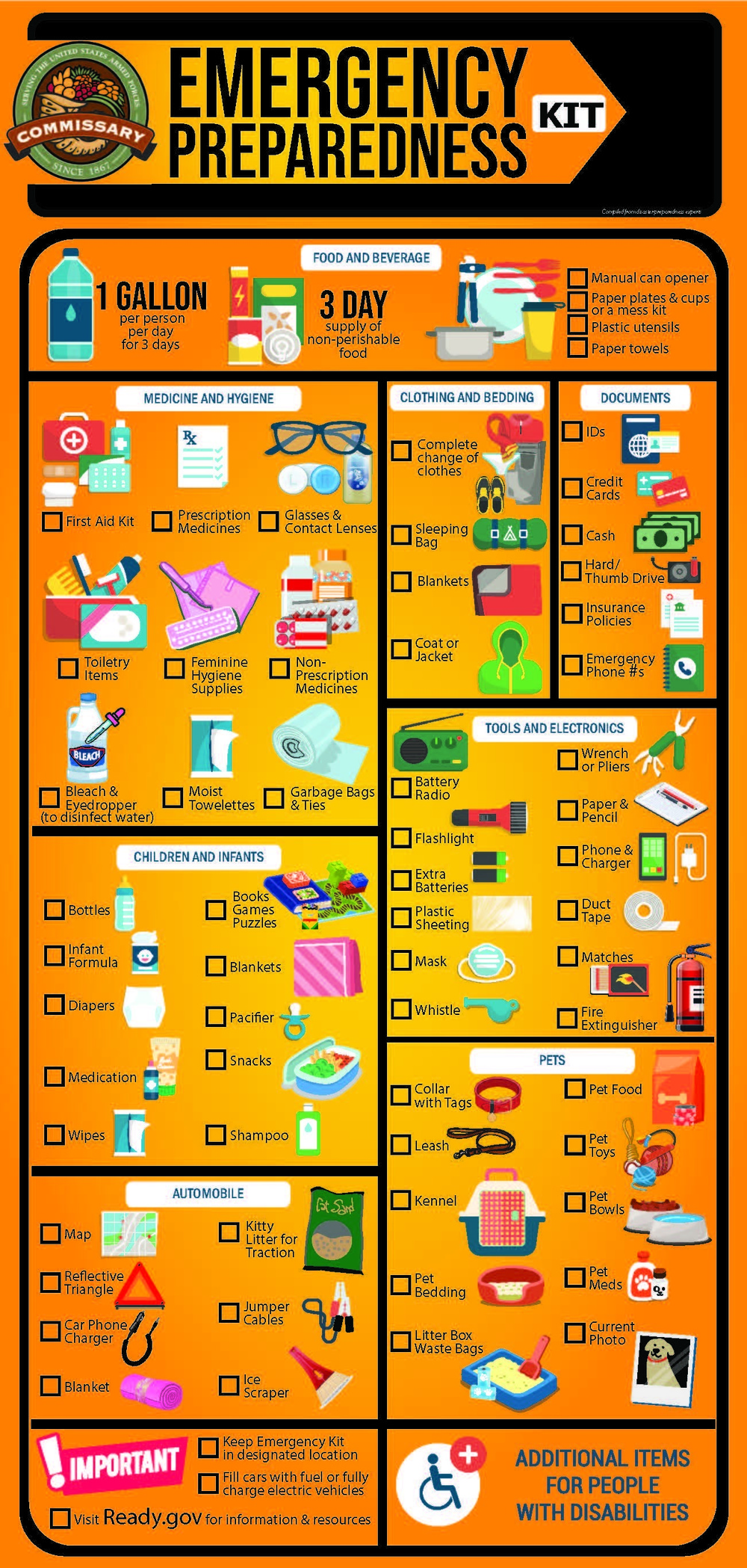DVIDS – News – Weather forecasting team tracks, predicts ‘fire-cloud’ phenomenon
MONTEREY, Calif. – Researchers at the U.S. Naval Research Laboratory advanced their ongoing work to understand and predict formation of pyrocumulonimbus (pyroCb) clouds in 2019, collected the most detailed sampling of the clouds in history.
PyroCbs are massive thunderstorm clouds created by heat and fire. Such clouds, which can reach heights of more than 8 kilometers, heave intense wind, thunderbolts, and smoke toward anything in their path—sometimes even igniting new fires.
Between July and September, NRL meteorologists took part in multi-agency studies of pyroCbs in the western and central United States.
PyroCbs: intense storms reaching into the stratosphere
Fires leave little time to escape, and wreak mass destruction. It’s no wonder NASA refers to the pyroCb as “the fire-breathing dragon of clouds.”
But unlike threats posed by dragons, the devastating power of fire is all too real, and the implications of large fires don’t stop on the ground. Large fires can extend their destructive force high into the atmosphere, drawing smoke and particulates.
“They [pyroCbs] act as giant chimneys, transporting smoke from the ground to high altitudes,” said Dave Peterson, meteorologist at NRL. “Intense pyroCbs can inject smoke into the lower stratosphere, where it can persist for weeks or months.”
Typically, smoke, ash and other pollutants produced by fires are contained within the troposphere, the lowest layer of the atmosphere, where they are removed quickly through normal weather processes like precipitation. When they reach the stratosphere, these substances block sunlight from reaching the Earth’s surface, and become radiated by the sun, which can alter the altitude and chemical composition of the smoke plume.
Warm, dry environments here in the U.S. create ample opportunity for pyroCbs to thrive. In 2018, the Carr Fire burned for 164 days in California. It killed three, destroyed or damaged more than 1,800 structures, and charred approximately 229,651 acres. The destructive force of the Carr Fire did not stop on the ground — it was so strong it created a pyroCb, carrying smoke well above jet aircraft cruising altitudes.
The largest known pyroCb event occurred in British Columbia in 2017, and rivaled a moderate volcanic eruption, Peterson said.
Peterson detailed his research “Wildfire-driven thunderstorms cause a volcano-like stratospheric injection of smoke” in a 2018 paper published in npj Climate and Atmospheric Science.
A new frontier in meteorology
NRL has been a pioneer in the pyroCb research community since the late 90s, when researcher Mike Fromm and his partner, René Servranckx from the Canadian Meteorological Centre, first discovered the pyroCb phenomenon.
In 1998, Fromm and Servranckx ran analysis on clouds forming in the northern and southern hemispheres using NRL’s Polar Oxone and Aerosol Measurement satellite (POAM III) and saw something puzzling.
“I started to see things that looked like polar stratospheric clouds,” Fromm said. “But they were occurring in the summer time, not in winter.”
Polar stratospheric clouds (PSCs) are clouds that develop in the extremely low temperatures of the polar stratosphere in winter. The clouds he observed existed in temperatures too warm to create a PSC.
“They looked like PSCs but could not be PSCs, so we had to look for another explanation,” he said. “I found almost immediately that people expected layers like this to be caused by volcanoes. So I explored the possibility of a volcano.”
According to Fromm, volcanoes were known to create aerosol layers that look similar to polar stratospheric clouds. Scientists generally assumed these layers occurred from volcanic eruptions, which was the only known way to get such a large amount of aerosols into the stratosphere. So dominant was this assumption that even unreported volcanic eruptions were suspected even when none could be found.
“There was no volcano I could link,” Fromm said. “So I was left with a puzzle.”
He was able to trace the aerosol layers he saw back to a major wildfire. He continued to dig into decades of research and discovered several of the previously assumed volcanic eruptions were actually caused by pyroCb events.
Today, a growing number of researchers study pyroCbs in hopes of gaining a better understanding of how these storms impact climate over time. But the number of experts and data available are still relatively scarce; the science is still in its infancy.
Collaborating with NASA, NOAA, and academia
Peterson believes the key to improve our understanding of pyroCbs is to obtain detailed measurements of their outflow, a residual smoke layer or an “anvil ice cloud.”
“In the early stages of the pyroCb, an active thunderstorm updraft is present over the fire,” Peterson said. “The cloud flattens out as it pushes up against the tropopause [boundary between troposphere and stratosphere] forming an anvil cloud. Eventually, the pyroCb updraft dissipates, the high-altitude anvil cloud drifts downwind and also dissipates, and you are left with a residual smoke layer in either the upper troposphere or lower stratosphere.”
To get outflow measurements scientists must anticipate and track when and where a pyroCb may occur, and have the appropriate aircraft with a variety of instruments (and the scientists to operate them) readily available to fly at just the right altitude to capture the data. It’s complicated, and requires extensive coordination.
Nevertheless, a joint NASA and NOAA venture, Fire Influence on Regional to Global Environments Experiment – Air Quality (FIREX-AQ), was able to do just that. Taking place July 23 to Aug. 18 in Boise, Idaho, and Aug. 20 to Sept. 5 in Salina, Kansas, it was one of the largest field experiments dedicated to the sampling and characterization of fires and their impacts from the point of emission.
Throughout the campaign, researchers investigated the impact on air quality and climate from wildfires and agricultural fires across the continental United States. Peterson served as the lead for the multidisciplinary fire and weather forecasting team and worked closely with Edward Hyer, a meteorologist at NRL, who also participated in the campaign.
Each morning Peterson and his team of more than 10 researchers and interns reviewed computer models, based on satellite observations and existing data about fire behavior, and delivered the fire and weather forecast to campaign participants. Those forecasts told researchers when and where to fly and drive to collect the most data at a given time. According to NOAA, researchers will eventually use FIREX-AQ’s data to make these models even more accurate.
The team began forecasting favorable conditions for pyroCb development in the Pacific Northwest, Aug. 5. Peterson hitched a ride on a NASA DC-8 airborne science laboratory to see a pyroCb for himself, for the first time, Aug. 8. With a camera in tow, he snapped the now famous photos of a pyroCb from the cockpit while flying over the Williams Flats Fire in Washington. This flight provided the most detailed sampling of pyroCb outflow in history.
Now that the campaign is complete, scientists are eager to review the data collected to answer a variety of questions. The detailed observations of the chemistry within pyroCb smoke plumes at high altitudes can contribute to initializing modeling studies that aim to understand the role of pyroCb in the climate system, Peterson said.
“Observations from within the pyroCb ice cloud [anvil] can be used to understand how cloud water droplets and ice particles change in the presence of smoke,” he said. “Remote sensing observations of the contributing fire [Williams Flats] can be used to understand what fire characteristics are required for pyroCb development, such as the overall size of the fire, the dimensions of the flaming region, and how these characteristics evolve prior to pyroCb development.”
Researchers believe they are on the right track to demystify pyroCbs.
“This is a relatively new and interdisciplinary science,” Peterson said. “The next big discovery is likely just around the corner.”
About the U.S. Naval Research Laboratory
NRL is a scientific and engineering command dedicated to research that drives innovative advances for the Navy and Marine Corps from the seafloor to space and in the information domain. NRL headquarters is located in Washington, D.C., with major field sites in Stennis Space Center, Mississippi, Key West, Florida, and Monterey, California, and employs approximately 2,500 civilian scientists, engineers and support personnel.
| Date Taken: | 01.14.2020 |
| Date Posted: | 01.14.2020 12:10 |
| Story ID: | 359107 |
| Location: | US |
| Web Views: | 168 |
| Downloads: | 0 |
PUBLIC DOMAIN
This work, Weather forecasting team tracks, predicts ‘fire-cloud’ phenomenon, by Member: 1583648, identified by DVIDS, must comply with the restrictions shown on https://www.dvidshub.net/about/copyright.


 Private Internet Access gives you unparalleled access to thousands
of next-gen servers in over 83 countries and each US state. Your
VPN experience will always be fast, smooth, and reliable.
Private Internet Access gives you unparalleled access to thousands
of next-gen servers in over 83 countries and each US state. Your
VPN experience will always be fast, smooth, and reliable.







